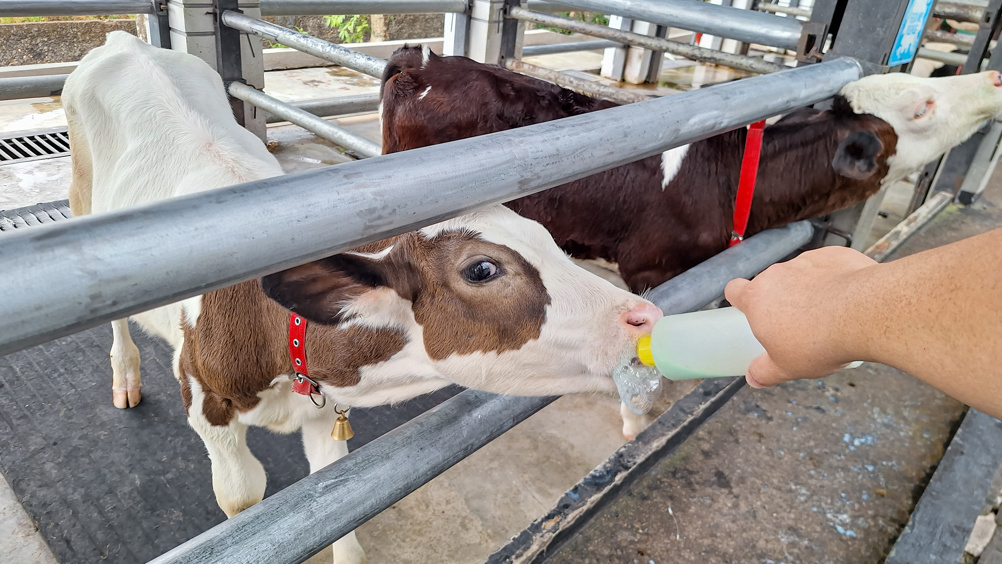References
Calf rearing hygiene – from on-farm assessment to client engagement

Abstract
For diseases such as calf diarrhoea, where the main route of transmission is via the faecal-oral route, the focus for disease prevention needs to be on ensuring a high standard of hygiene, especially around the feeding of milk and colostrum. Irregular or inadequate cleaning is one of the most common problems in calf-rearing and implementing appropriate cleaning and management interventions are key tools for disease prevention. Veterinarians have a key role to play in regularly drawing farmers' attention to the importance of hygiene in calf rearing by pointing out weak points and then providing practical advice on improvements that can be easily implemented. This article will consider the methods available to objectively measure the effectiveness of cleaning practices and how best to engage with farmers on this important topic.
Hygiene has been recognised as a key factor for raising healthy calves (Klein-Jöbstl et al, 2014). Good hygiene management is a key element in minimising enteric disease risk in calves as it reduces their exposure to pathogens. Both colostrum and milk (or milk replacer) are key sources of contamination for calves.
The bacterial contamination of colostrum has been linked to a disruption in the absorption of immunoglobulins, leading to the failure of passive immunity transfer (Fecteau et al, 2002; Johnson et al, 2007) and thus, an increase in calf morbidity and mortality (Armengol and Fraile, 2016). In addition, increased levels of bacterial contamination in feeding systems for both milk and milk replacers are associated with higher morbidity rates, including depression and fever (Jorgensen et al, 2017).
Register now to continue reading
Thank you for visiting UK-VET Companion Animal and reading some of our peer-reviewed content for veterinary professionals. To continue reading this article, please register today.

